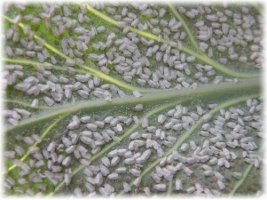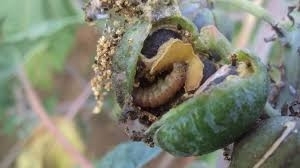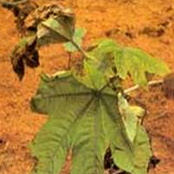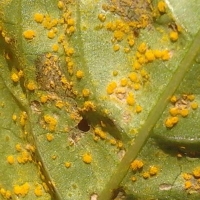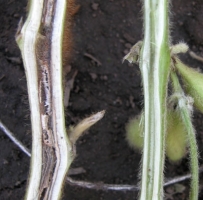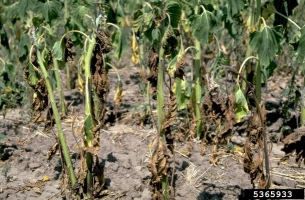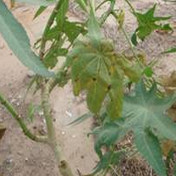General Information
Castor is annual plant mainly grown for its seeds. Oil extracted from its seed is non-edible but is of great Industrial use. It is used in soap making, printing inks, as a lubricant, also used for medicinal and lighting purpose. After oil extraction, remaining oil cake is used as organic manure. India is major producer of castor and in India, Gujarat, Andhra Pradesh and Rajasthan are major castor growing states.

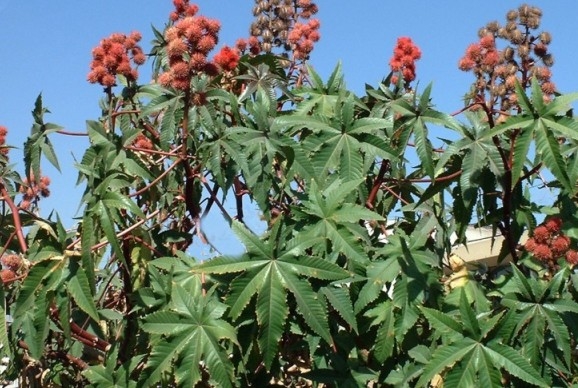




.jpg)
